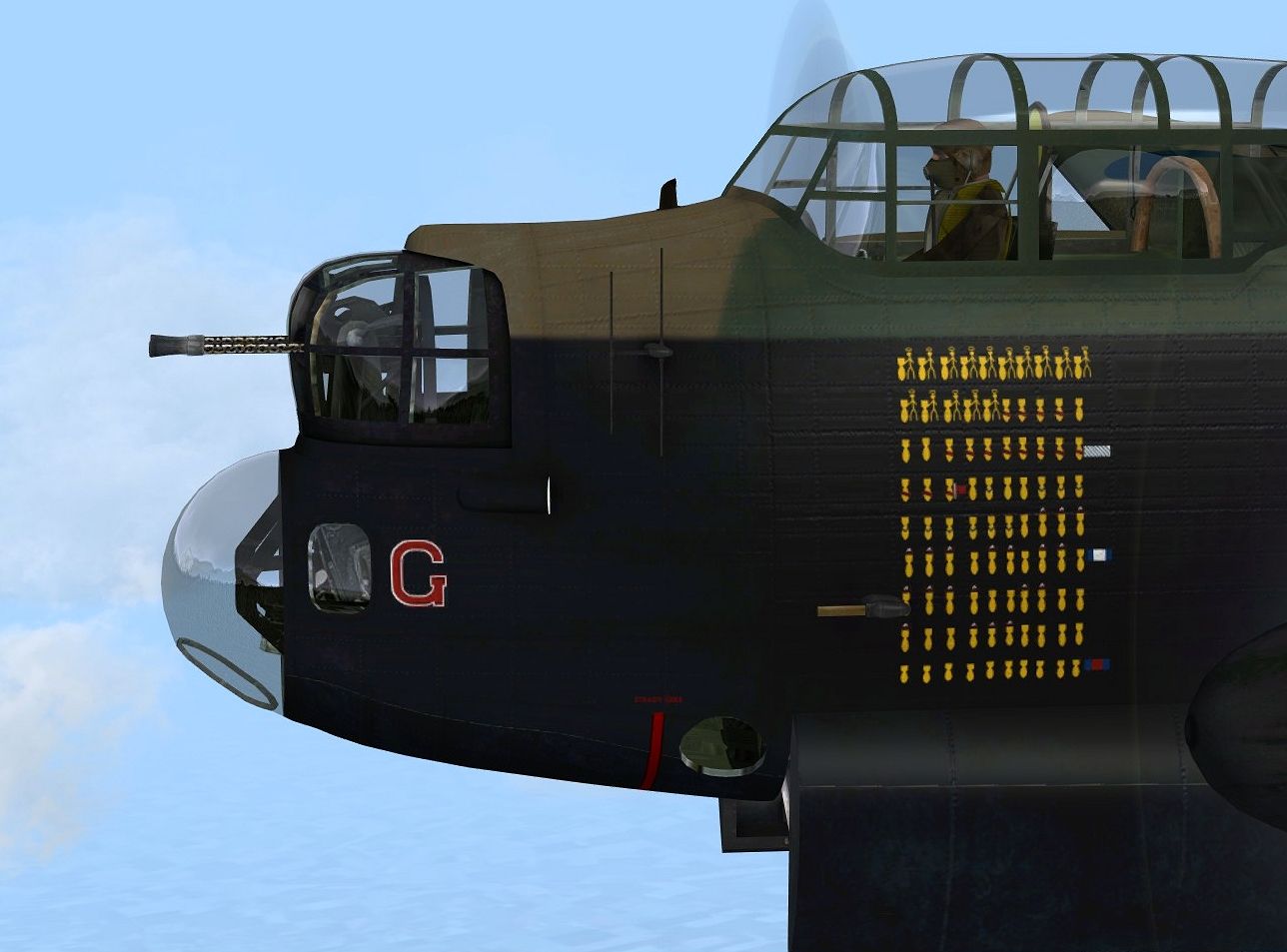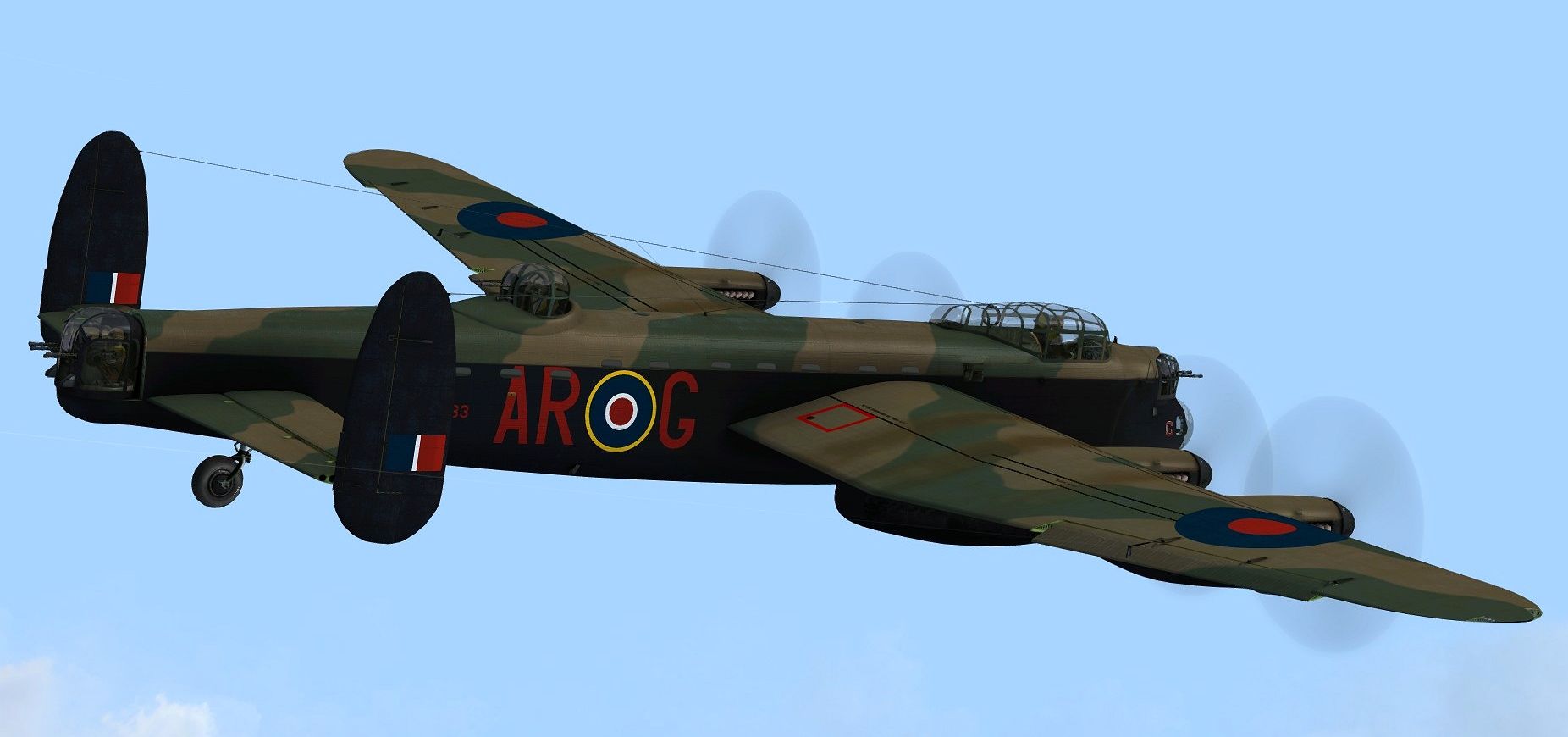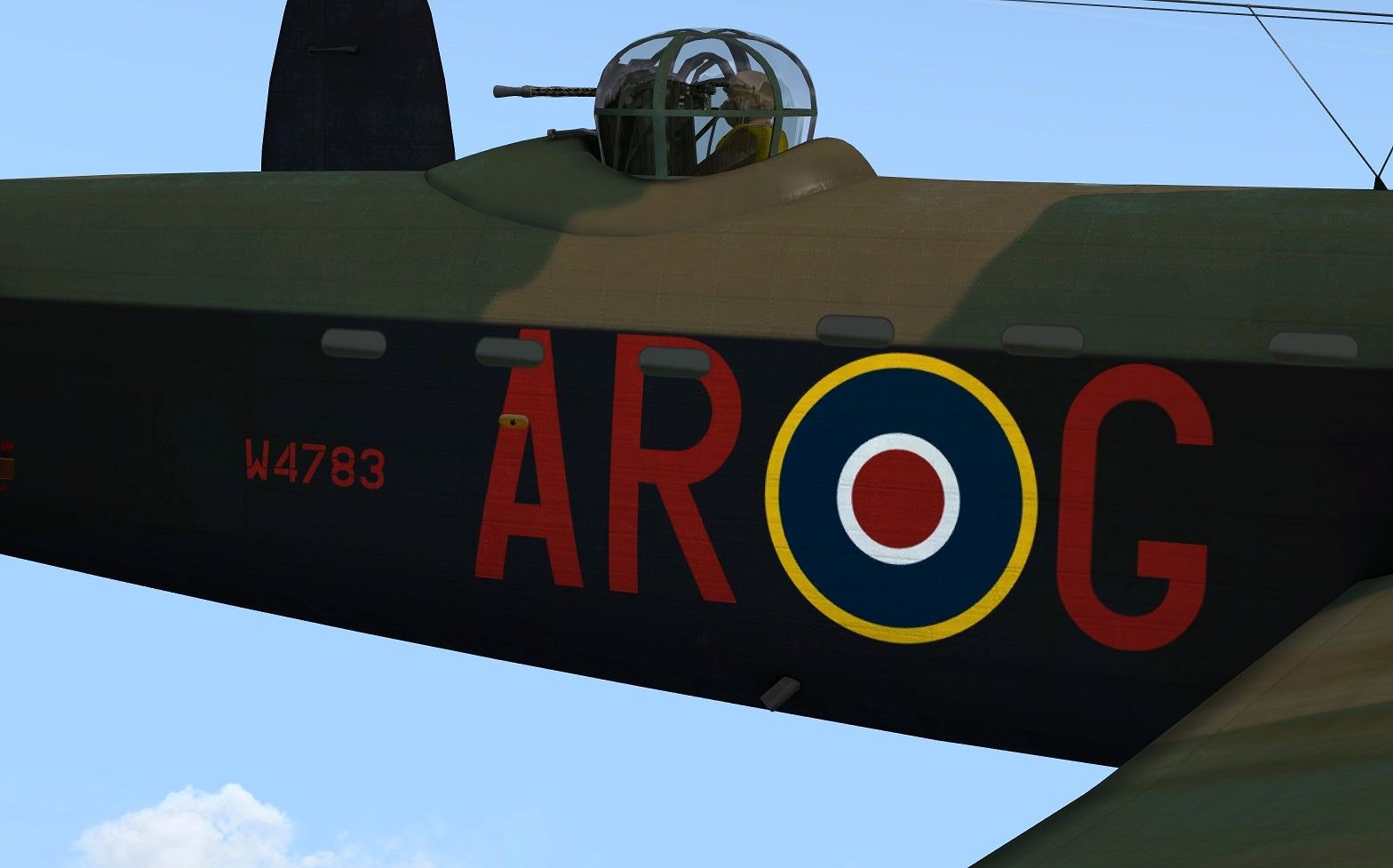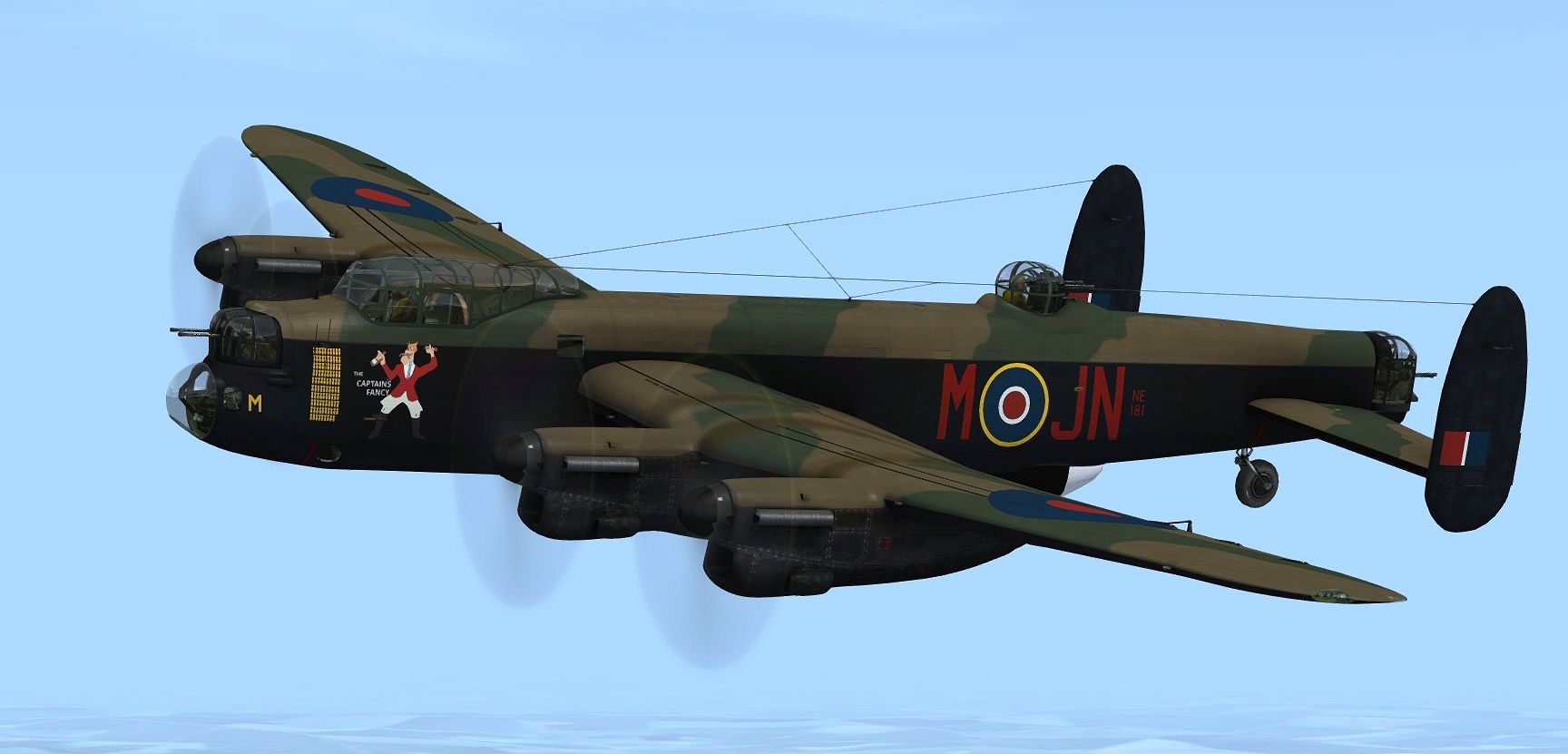Timmy74
SOH-CM-2016
not entirely true, "The Conspicuous Service Medal and the Conspicuous Service Cross are distinctly Australian military awards." Tim
from itsanhonour.gov.au page
Conspicuous Gallantry Medal
Instituted in 1855 and awarded to petty officers and seamen of the Navy 'who distinguish themselves by acts of pre-eminent bravery in action with the enemy'. Carries an entitlement to use the post-nominal CGM. Later, availability extended to include non-commissioned officers and men of the Air Force and Army serving afloat and persons holding similar ranks in the Merchant Navy. The Medal was discontinued in 1993. The ribbon was changed in 1921 from one of two stripes of dark blue flanking a central white stripe to a white ribbon with narrow blue edges.
There have been 12 Conspicuous Gallantry Medals awarded to Australian service personnel: 11 awards in recognition of service during WWII and one award in recognition for service in Vietnam.
Conspicuous Gallantry Medal (Flying)
Instituted in 1942 by King George VI as an additional gallantry award. Awarded to non-commissioned officers and men of the Air Force 'for acts of conspicuous gallantry while flying in active operations against the enemy'. It is the Air Force equivalent to the Conspicuous Gallantry Medal with a white ribbon with narrow dark blue edges used mainly for the Army and Navy. The Medal was discontinued in 1993. The ribbon is of light blue with a narrow dark blue stripe at each edge. The award entitles the holder to use the post-nominal CGM. The last award to an Australian was in 1968 bringing to 11 the total awarded, all of whom were members of the RAAF. Only one award of the CGM (for the Navy) has been made to an Australian.
Ex W4783 460 Sqn AR-G RAF. then became A66-2 RAAF (known as George)
http://www.adf-gallery.com.au/gallery/Lancaster-A66-2
[ur]http://www.460squadronraaf.com/planes/georgestory.html
[/URL]
Hi Matt,
My bad.. I did mean to say the "CMG" and not the "CGM". You are totally correct.
Cheers,
Tim.






 Even us Kiwi's have walked around this one ... not so strange, my older brother Allan had to drag me outta the Imperial War Museum kicking and screaming
Even us Kiwi's have walked around this one ... not so strange, my older brother Allan had to drag me outta the Imperial War Museum kicking and screaming 

